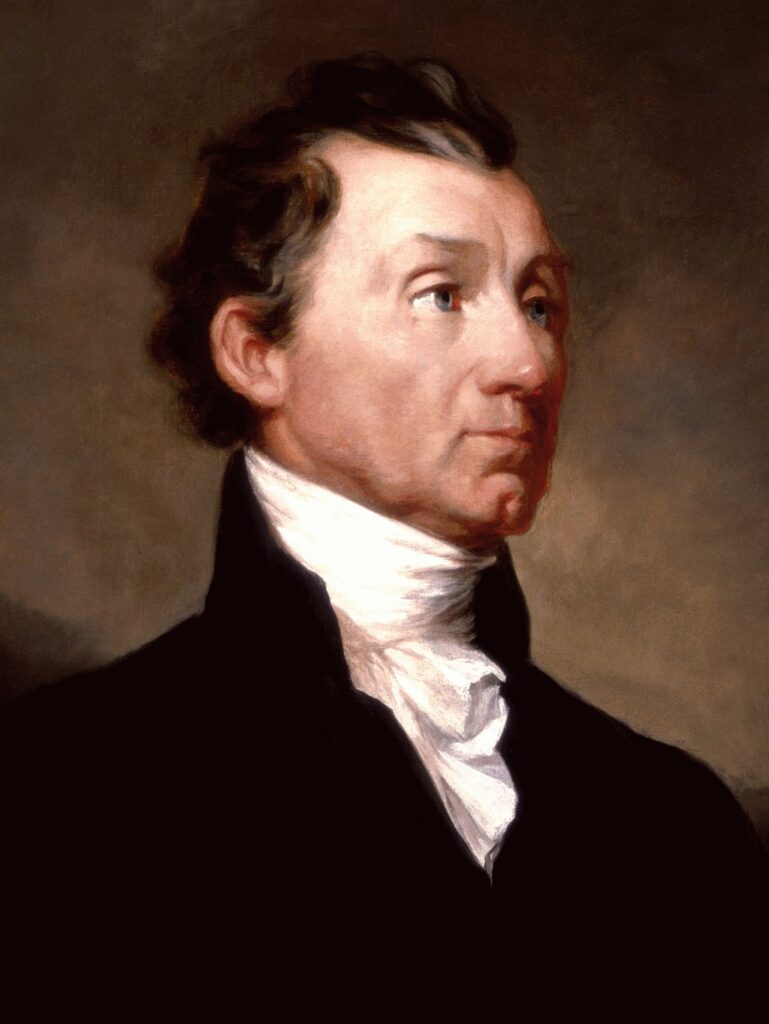d) James Monroe
The “Era of Good Feelings” is often associated with the presidency of James Monroe, marking a period of national unity and political harmony in the United States. This era, following the War of 1812, saw a decline in partisan divisions, particularly between the Federalists and Democratic-Republicans. Monroe’s presidency was characterized by efforts to promote national unity and a sense of common purpose. His goodwill tours and the Monroe Doctrine, asserting U.S. opposition to European colonialism in the Americas, were significant highlights. This period, however, masked underlying regional and political tensions that would later emerge.
